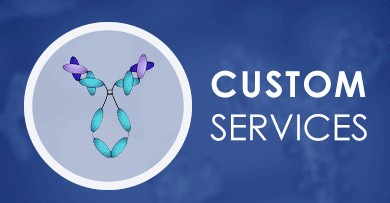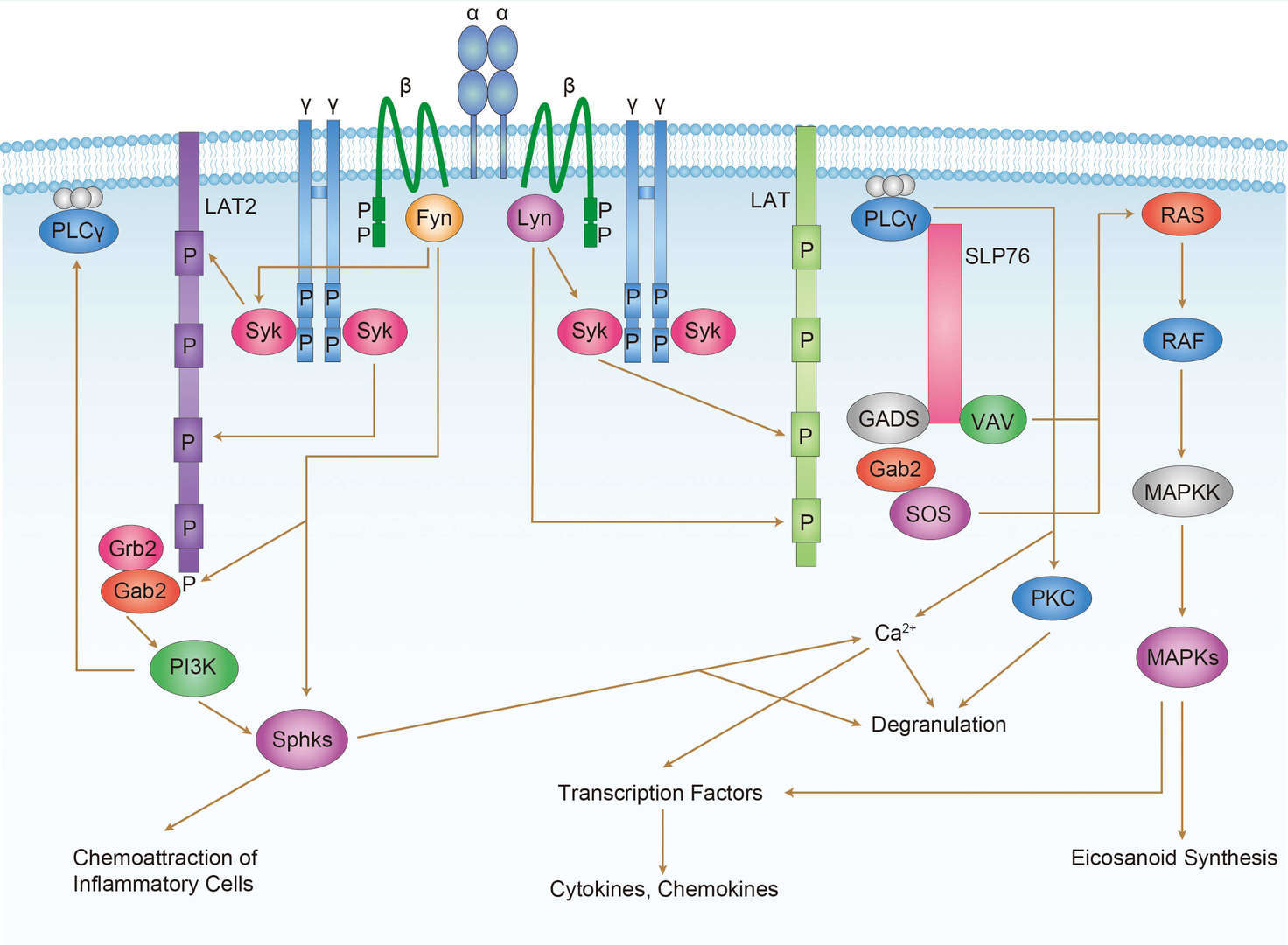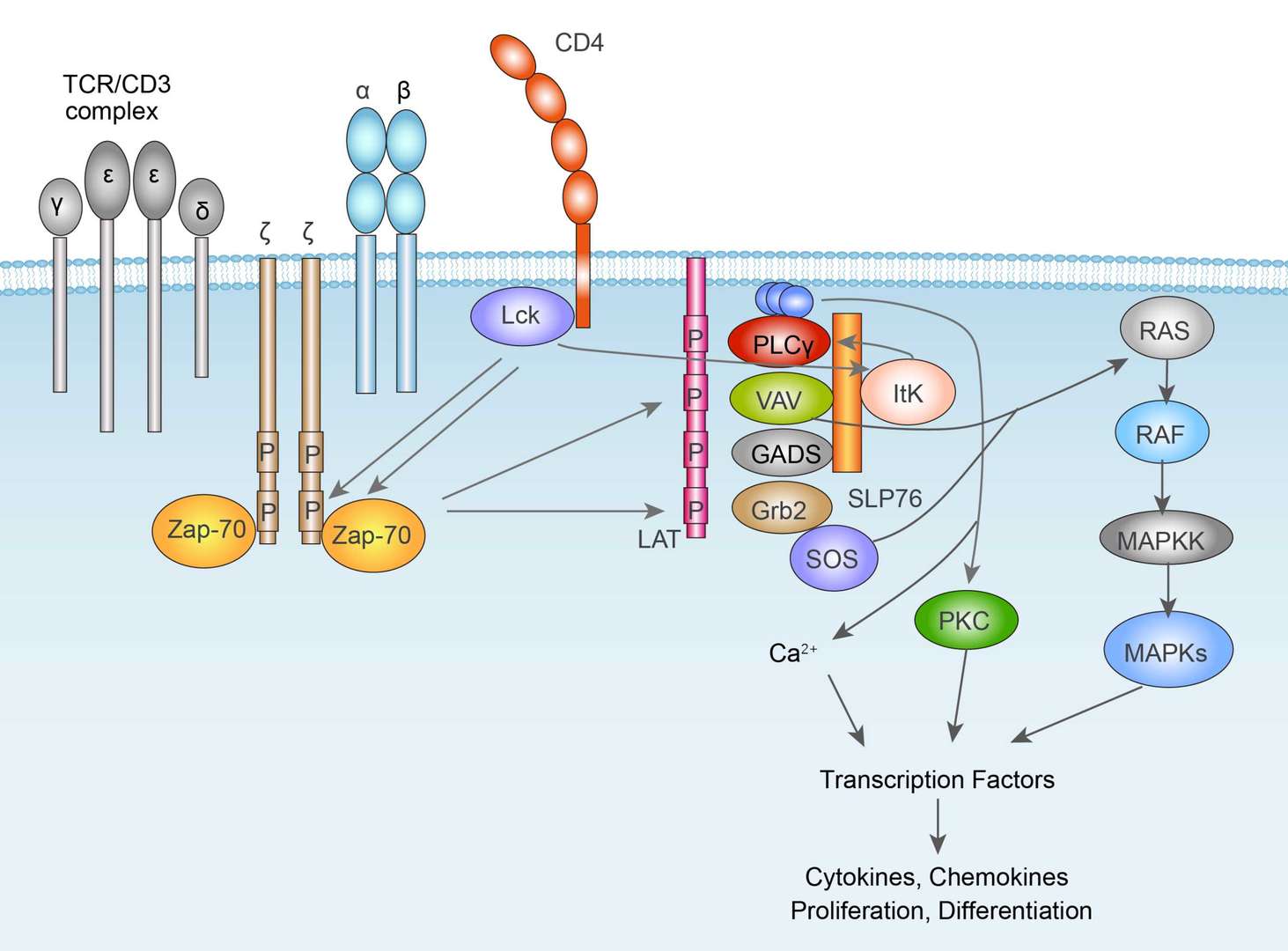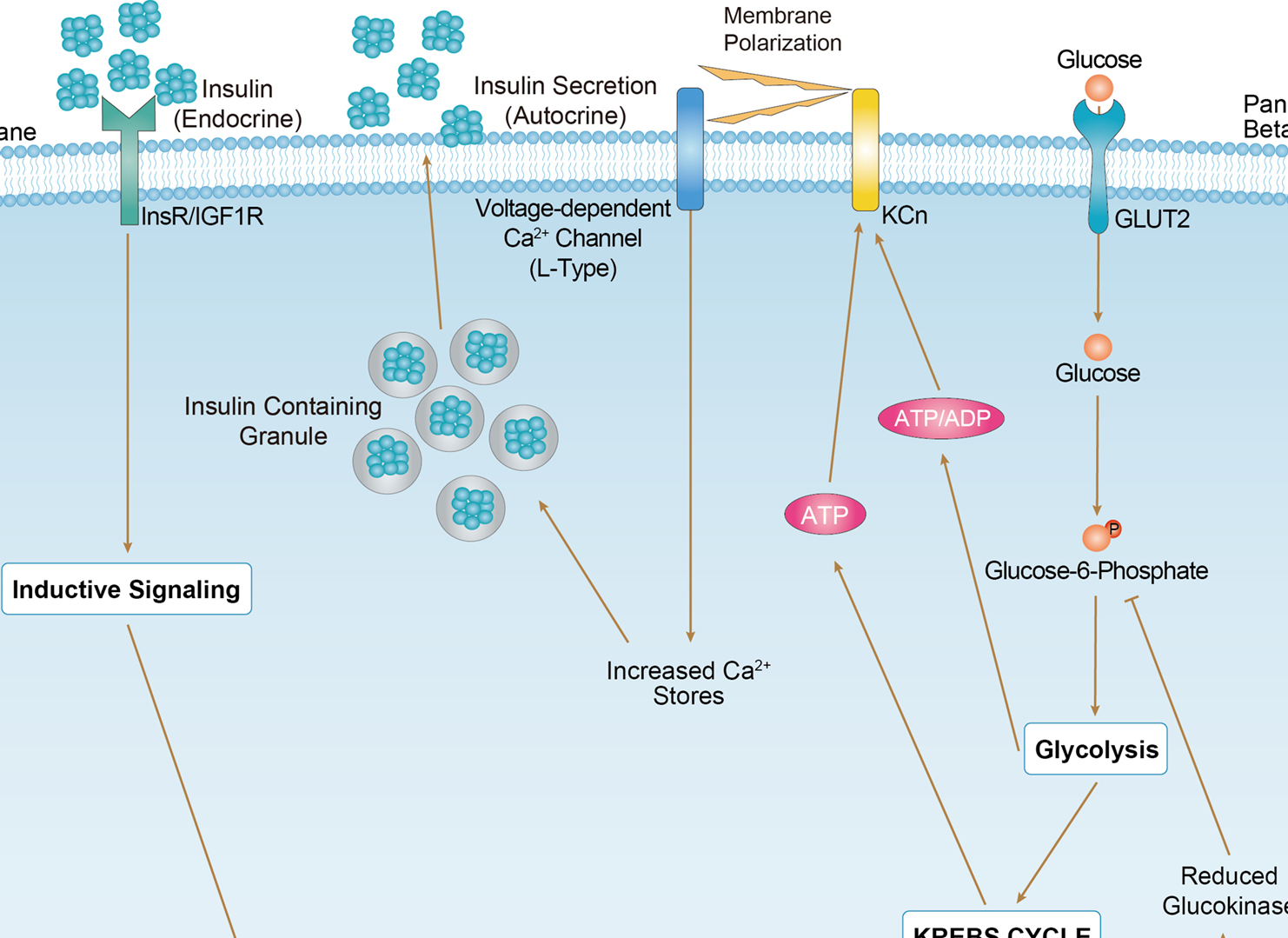 Loading...
Loading...

MAPK3
 Loading...
Loading...Anti-MAPK3 Products
- AbPlus™ Anti-MAPK3 Magnetic Beads (CBACN-216) (VS-0424-XY181)
-
- Target: MAPK3
- Target Species: Human, Mouse
- Application: IP, Protein Purification
Can't find the products you're looking for? Try to filter in the left sidebar.Filter By Tag
Our customer service representatives are available 24 hours a day, from Monday to Sunday. Contact Us
For Research Use Only. Not For Clinical Use.
Background
Cancer-related genes, Enzymes, FDA approved drug targets, Metabolic proteins, RAS pathway related proteins
Intracellular
Cell type enhanced (Distal enterocytes, Early spermatids, Proximal enterocytes)
Group enriched (eosinophil, neutrophil)
Low cell line specificity
Binds both upstream activators and downstream substrates in multimolecular complexes. Found in a complex with at least BRAF, HRAS, MAP2K1/MEK1, MAPK3 and RGS14 (By similarity). Interacts with ADAM15, ARRB2, CANX, DAPK1 (via death domain), HSF4, IER3, MAP2K1/MEK1, MORG1, NISCH, and SGK1. Interacts with PEA15 and MKNK2 (By similarity). MKNK2 isoform 1 binding prevents from dephosphorylation and inactivation (By similarity). Interacts with TPR. Interacts with CDKN2AIP. Interacts with HSF1 (via D domain and preferentially with hyperphosphorylated form); this interaction occurs upon heat shock (PubMed:10747973). Interacts with CAVIN4 (By similarity). Interacts with GIT1; this interaction is necessary for MAPK3 localization to focal adhesions (By similarity). Interacts with ZNF263 (PubMed:32051553). (Microbial infection) Binds to HIV-1 Nef through its SH3 domain. This interaction inhibits its tyrosine-kinase activity.
Kinase, Serine/threonine-protein kinase, Transferase


 FcεR1 Signaling Pathway
FcεR1 Signaling Pathway
 TCR Signaling Pathway
TCR Signaling Pathway
 Maturity Onset Diabetes of the Young
Maturity Onset Diabetes of the Young

